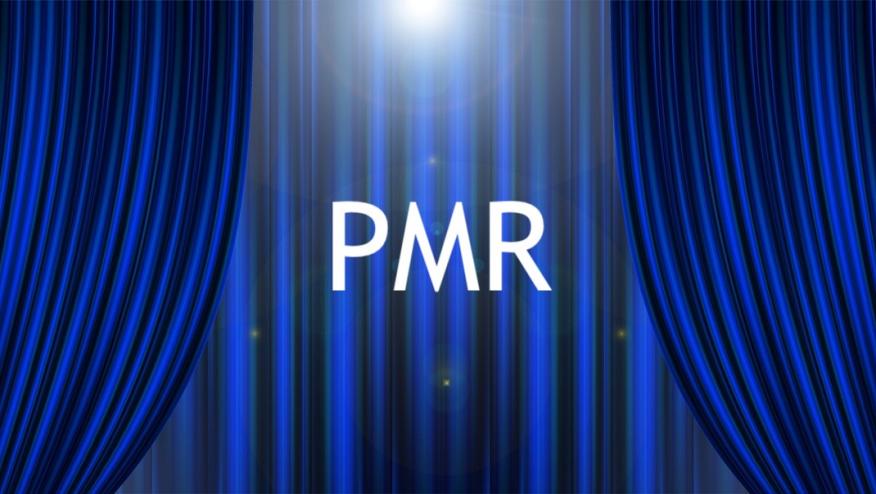PMR - a Risk Factor for Recalcitrant Giant Cell Arteritis? Save

Despite the clinical similarities and treatment differences between giant cell arteritis (GCA polymyalgia rheumatica (PMR), confusion exists regarding the impact of overlapping disorders. A large cohort study shows that GCA patients with PMR symptoms are more apt to have recalcitrant disease, more relapses and longer duration of glucocorticoid (GC), along with higher GC doses.
While the diagnosis of GCA prompts higher dose GC therapy, new advances in treatment call for the option of aggressive GC weaning and earlier use of GC-sparing agents.
The study included 398 consecutive patients diagnosed with GCA between 2000 and 2020 and followed for ≥12 months at the University Hospitals Leuven (Belgium).
In this cohort, 181 (45%) had PMR symptoms.
Comparing GCA patients with PMR symptoms to those without, those with PMR symptoms had:
Longer symptom duration (11 vs 6 weeks, p < 0.001)
Less fever (19% vs 28%, p = 0.030) and fatigue (52% vs 64%, p = 0.015)
Less visual loss (12% vs 19%, p = 0.052).
Higher GC doses after the first 2 years and had a lower probability of stopping GC (62% vs 71%, HR 0.74 [95%CI 0.58–0.94], p = 0.018)
Longer median duration of GC treatment (29 vs 23 months, p = 0.021)
More relapses (64% vs 51%, HR 1.38 [95%CI 1.06–1.79], p = 0.017)
Less likely to develop thoracic aortic aneurysms during follow-up (3% vs 11%, p = 0.005).
GCA patients with PMR symptoms represents a greater challenge that may require earlier consideration of GC-sparing agents.








If you are a health practitioner, you may Login/Register to comment.
Due to the nature of these comment forums, only health practitioners are allowed to comment at this time.